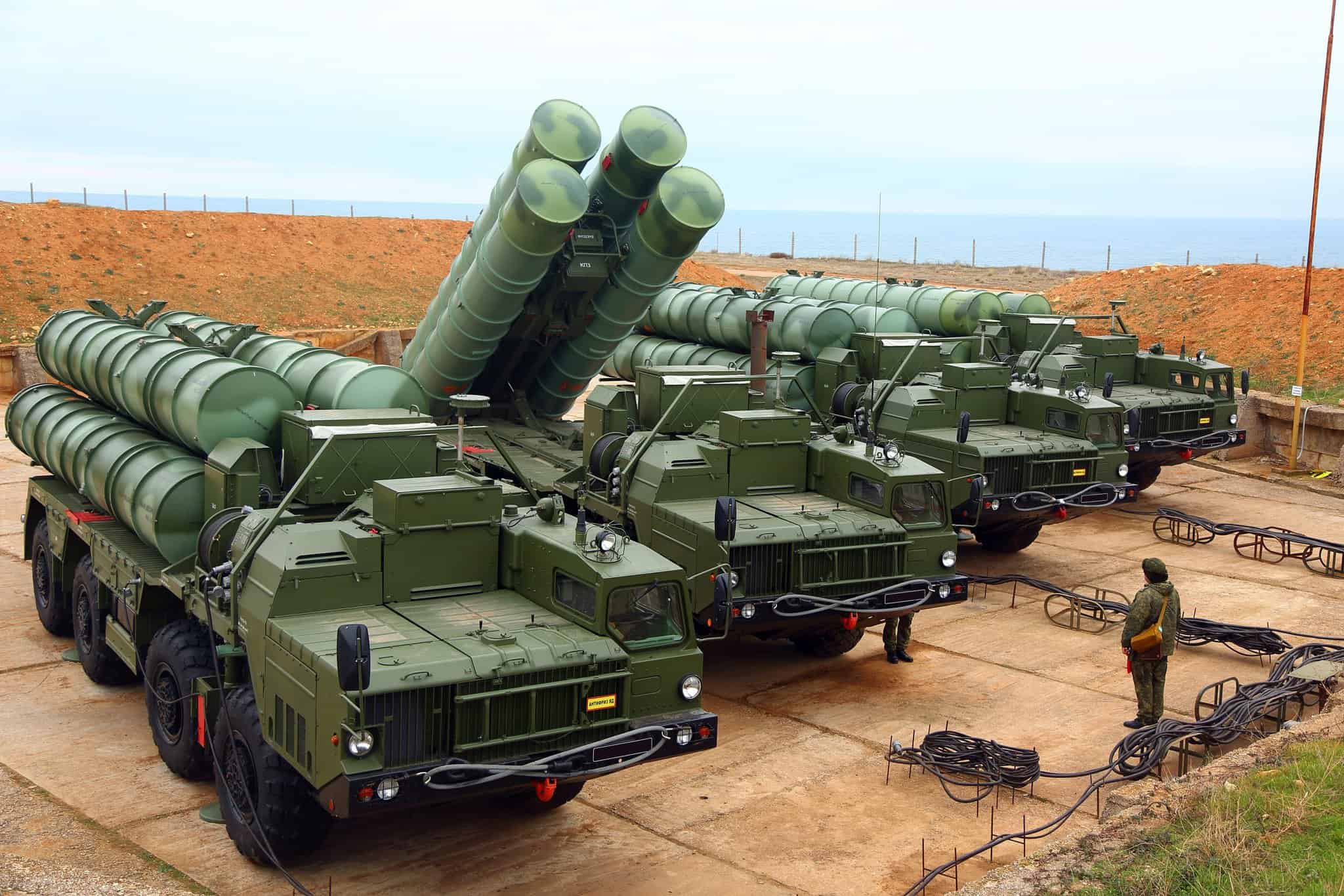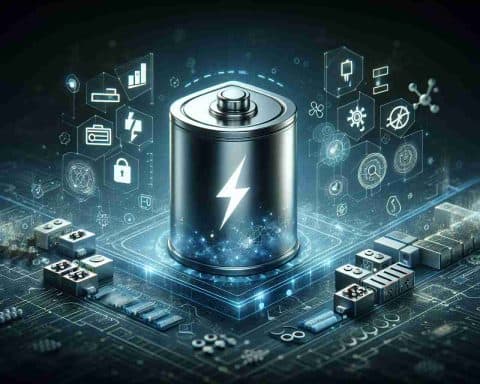Unveiling the Future of Energy Storage
A groundbreaking study by the PEM, in collaboration with numerous industrial partners, reveals potential pathways and hurdles in fostering a solid-state battery industry in Europe. The report not only emphasizes the challenges of establishing this innovative sector but also highlights the capacity for domestic production to flourish—offering a promising alternative to the China All-Solid-State Battery Collaborative Innovation Platform (CASIP), which emerged in 2024 as a coalition of significant Chinese manufacturers.
According to PEM’s Director, the extensive research into advanced solid-state electrolytes has resolved several crucial material questions. The next phase requires a paradigm shift in manufacturing processes since current lithium-ion battery production lines may need reconfiguration by up to 60 percent.
The study notes that global partnerships aimed at solid-state battery commercialization are rapidly evolving, with Europe and the US concentrating on polymer and hybrid electrolyte systems, while Asia focuses on sulphide-based technologies. By 2035, solid-state batteries could dominate the global market, projected to yield up to 1,200 gigawatt-hours and generate sales approaching 550 billion euros, indicating immense commercial potential.
However, significant advancements in production methods, including the development of thin, dense solid-state electrolytes and specialized cell formats, are essential for manufacturers to capture their share of this burgeoning market. With the clock ticking, European producers must innovate swiftly to stay competitive.
The Transformative Potential of Solid-State Batteries
The emergence of solid-state batteries represents a pivotal moment in the energy storage sector, with far-reaching implications for society and the global economy. As countries transition toward electrification, particularly in the automotive and renewable energy sectors, the demand for more efficient energy storage solutions will only grow. This shift could lead to decreased reliance on fossil fuels, driving a more sustainable energy landscape.
Moreover, the focus on domestic production of solid-state batteries has the potential to reshape technological alliances and economic dependencies. By diminishing reliance on countries like China, Europe and the U.S. can foster a more self-sufficient supply chain. This may cultivate regional job opportunities, invigorating local economies and leading to tech innovation hubs.
Environmentally, solid-state batteries promise to mitigate some of the ecological repercussions associated with traditional lithium-ion batteries, particularly regarding mining and recycling. With advancements in material science for solid-state electrolytes, the lifecycle impact of battery production could be significantly reduced.
Looking to the future, trends indicate that investment in research and development for alternative battery technologies will surge, as stakeholders in both public and private sectors pivot towards sustainability. By 2035, as anticipated market dominance of solid-state batteries comes to fruition, the industry could redefine energy consumption patterns globally, firmly aligning economic growth with environmental stewardship.
The Future of Energy Storage: Are Solid-State Batteries the Game Changer We Need?
An Overview of Solid-State Battery Evolution
Recent research by the PEM (Institute of Power Electronics and Electrical Drives) points to exciting developments in solid-state battery technology, which is poised to transform the energy storage landscape significantly. This innovation not only offers a sustainable alternative to current lithium-ion batteries but also positions Europe as a formidable competitor in the global market.
Understanding Solid-State Batteries
Solid-state batteries utilize a solid electrolyte instead of a liquid one, which potentially enhances safety, energy density, and lifespan. As of now, the various approaches to solid-state battery technology are being explored across the globe, with a notable split in focus areas—Europe and the United States gravitating towards polymer and hybrid solutions, while Asian countries are leading in sulphide-based technologies.
Features and Innovations
– Higher Energy Density: Solid-state batteries can store more energy in less space, crucial for applications in electric vehicles and portable electronics.
– Safety Improvements: The absence of liquid electrolytes minimizes fire risks, enhancing overall safety during operation.
– Longer Lifespan: These batteries promise longer cycle life due to reduced wear and tear compared to traditional lithium-ion technologies.
Pros and Cons of Solid-State Batteries
# Pros:
– Increased energy efficiency and storage capability.
– Enhanced safety features reducing fire hazards.
– Lower environmental impact with longer life cycles and less waste.
# Cons:
– High production costs may hinder widespread adoption.
– Dependency on developing new manufacturing processes (up to a 60% reconfiguration of existing lines).
– Scalability issues in the early phases of commercialization.
Market Analysis and Future Outlook
The report forecasts an impressive trajectory for solid-state batteries, with predictions that by 2035, they could dominate the energy storage market with production reaching 1,200 gigawatt-hours and generating sales near 550 billion euros. This presents a tremendous opportunity for both established manufacturers and newcomers looking to enter the market.
Production Challenges and Hurdles
As the industry gears up for solid-state battery production, major challenges remain:
– Manufacturing Innovations: Companies must pioneer new production processes to handle the unique requirements of solid-state battery components.
– Material Development: Further research is needed to create optimal solid-state electrolytes that are thin, dense, and efficient.
– Competitive Landscape: European companies must innovate rapidly to stay ahead of Asian competitors, particularly given China’s establishment of the CASIP.
Sustainability and Security Aspects
The shift towards solid-state batteries could contribute to a more sustainable energy future. With their potential to use less hazardous materials and a focus on longevity, these batteries align with global sustainability goals. Furthermore, their solid structure reduces risks associated with leaks and fires, enhancing security for both consumers and manufacturers.
Conclusion: The Road Ahead
The development of solid-state batteries represents a crucial inflection point in energy storage technology. As companies navigate the production hurdles and strive toward commercialization, the next decade is set to be pivotal for the industry. With collaboration, innovation, and strategic investment, the dream of efficient and safe energy storage solutions could soon become a reality.
For more insights on battery technology and advancements in energy storage systems, visit PEM Berlin.

















